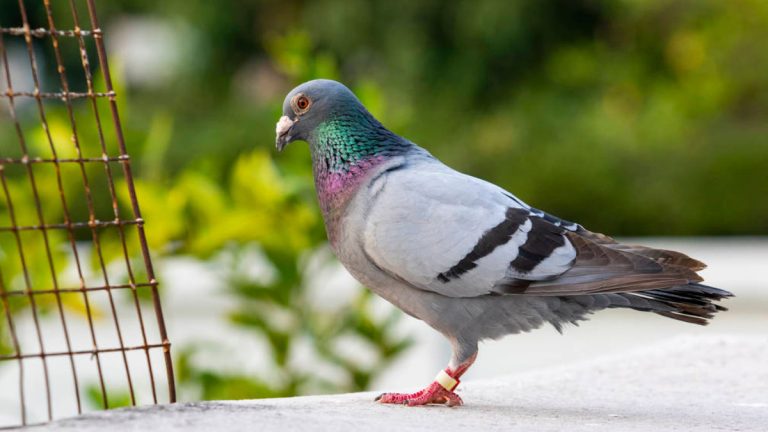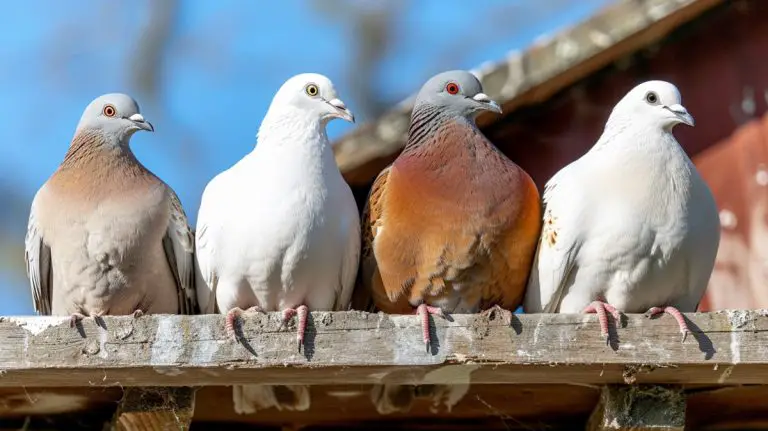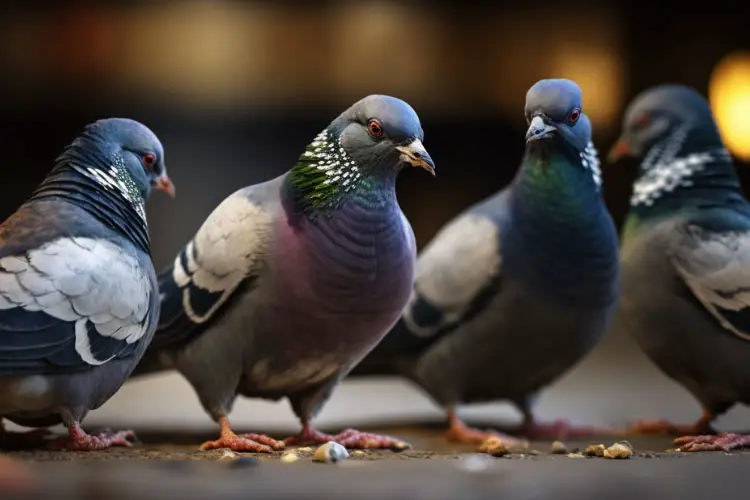The Impact of Weather on Pigeon Racing: Strategies for Success
Pigeon racing is a popular and competitive sport that involves racing homing pigeons over long distances. While other elements might affect a race’s result, the environment is crucial.
So what are the impacts of weather on pigeon racing? Extreme conditions, strong winds, and excessive amounts of rain can impact racing pigeons’ well-being and performance.
This article will offer a thorough examination of how the situation affects racing. This also includes advice on how to handle various situations and the significance of climate monitoring. Additionally, know how to make defensible judgments based on forecasts. Keep reading!
Impact of Weather on Pigeon Racing: A Short Overview
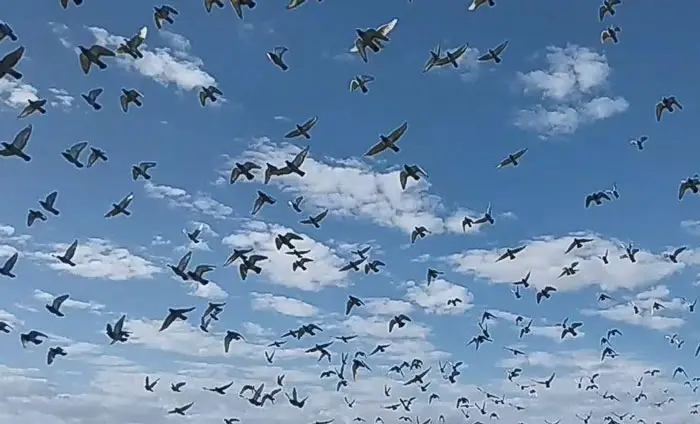
Below is a table with a short overview of the different conditions, their potential effects, and how to overcome them for your pigeon race.
| Condition | Potential Effects | Strategies for Overcoming |
| Hot | Dehydration, heat exhaustion, respiratory issues, and death | Provide fresh water, reduce time spent outdoors, offer shade |
| Cold | Respiratory issues, frostbite, and hypothermia | Gradually adapt pigeons, provide cover and insulation |
| Wet | Respiratory infections, challenging flight, disorientation | Provide shelter and dry bedding, adjust race distances if needed |
| Windy | Disorientation, physical exhaustion, stress | Gradually adapt pigeons, provide shelter and exercise in safe places |
The Impact of Temperature on Pigeon Racing
The health and performance of racing pigeons can be dramatically impacted by several conditions. Here are a few particular conditions and potential effects:
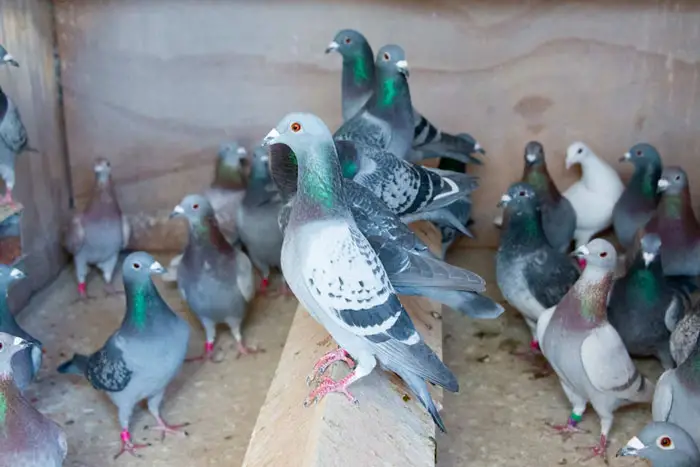
Hot Weather
Because racing pigeons are not well suited to high temperatures, the heat might be deadly for them. Dehydration, heat exhaustion, and even death can result from racing in the heat.
In addition, respiratory issues brought on by high temperatures can make it challenging for pigeons to breathe and fly effectively.
Strategies For Racing In Hot Weather
- Reduce the amount of time spent outdoors in the heat
- Also, offer enough fresh water and shade
Cold Weather
Pigeon health can also be in danger from cold, especially if the birds have not had enough time to adjust. Cold-weather competition can result in respiratory issues, frostbite, and hypothermia, all of which can have a detrimental effect on pigeon performance.
Strategies For Racing In Cold Weather
- Gradually adapt pigeons to the shifting temperatures to prepare them for racing in the cold
- Offer cover and insulation to shield the birds from the situation and keep them warm
The Impact of Rain on Pigeon Racing
It is not only challenging for your bird to fly in the rain, but this can put it to danger too. Respiratory infections and other health complications can result from prolonged exposure to rainwater and moisture. Moreover, pigeons may find it challenging to fly and navigate when their feathers are damp.
Strategies For Racing In Wet Weather
- It’s crucial to give the birds shelter and dry bedding in order to reduce the dangers of rain
- Moreover, to accommodate for wet circumstances, race distances may need to be changed
The Impact of Wind on Pigeon Racing
Pigeon health may be at risk under windy circumstances, which can also make flying difficult. Birds can become disoriented by strong winds, which makes it challenging for them to navigate successfully. Besides, birds that fly in windy situations may get physically exhausted and stressed.
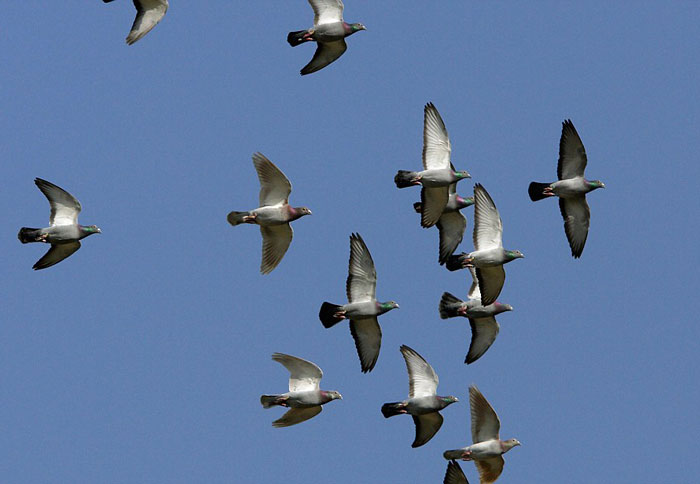
Strategies For Racing In Windy Weather
- It’s key to slowly adapt pigeons to shifting situations to get them ready for racing in windy conditions.
- In addition, giving them shelter and exercise in safe places can help them develop their stamina and endurance.
Managing Weather Conditions in Pigeon Racing
To be victorious, racing involves a lot of planning and strategy. The following are several tactics for controlling the temperature during bird racing:

Monitoring Weather Conditions
Monitoring is one of the most crucial things pigeon hobbyists can do to manage harsh condition. This includes tracking local climate patterns using monitoring instruments, including radar, satellite imaging, and apps.
Adapting Training Schedules to Weather Conditions
Making adjustments to training plans based on the season is another important tactic. This means modifying the frequency and length of training sessions in accordance with the predicted temp.
Fanciers could decide to shorten or abandon their training, for instance, like a storm forecast.
Adjusting Race Distances Based on Weather Conditions
In terms of racing, enthusiasts may also need to modify the race distances dependent on this. For instance, choosing to limit the race distance if there is a strong breeze. This will ensure that the birds can fly comfortably and avoid weariness.
Preparing Pigeons for Extreme Weather Conditions
The health and performance of pigeons can be significantly impacted by extreme events like heat waves or cold snaps. Fanciers may need to modify their loft design, feed, and hydration procedures to account for these circumstances.
The Importance of Weather Monitoring in Pigeon Racing
Effective monitoring is essential in making sure that pigeons remain healthy and perform best. The following are some major advantages of keeping an eye on the:

- Instruments for observing the weather: Fanciers may keep an eye on the climate using a variety of instruments, including apps, radar, and satellite imaging.
- Interpreting weather information: It takes some skill to interpret data. But with experience, enthusiasts may learn to spot trends and make judgments based on the facts at hand.
- Pigeon performance and health: Fanciers can ensure their birds do their best by adjusting their training and racing schedules in response to the condition.
Conclusion: Making Informed Decisions Based on Weather Forecasts
In pigeon racing, weather forecasting is crucial since it affects the birds’ performance and safety. Pigeon racers must choose the best time and day of the week to release their birds in order to improve performance.
Moreover, weather monitoring aids in spotting possible dangers, including powerful winds, thunderstorms, and extremely high temperatures that might seriously endanger the safety of the birds during competitions. By analyzing predictions, pigeon racers can alter their racing strategy to reduce risk to their birds.
It’s critical to keep in mind that these birds are treasured pets and companions, not just competitors. Understanding how weather affects racing allows fans to protect their feathered companions while still experiencing the thrill of the sport.

